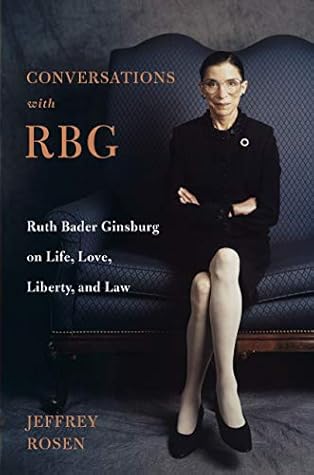More on this book
Community
Kindle Notes & Highlights
As co-founder of the American Civil Liberties Union’s Women’s Rights Project, Ruth Bader Ginsburg sought from 1972 to 1980 to persuade the Supreme Court that legislation apparently designed to benefit or protect women could often have the opposite effect. For this reason, she chose to represent a series of male plaintiffs who had been denied legal benefits designated for women. This visionary strategy forced the Court to articulate a standard of scrutiny for gender discrimination that could be applied neutrally to either sex. Her model was Thurgood Marshall, the pathbreaking advocate who
...more
Brown v. Board of Education, the 1954 Supreme Court case that struck down school segregation. As the founder and first director-counsel of the NAACP Legal Defense Fund, Marshall pursued an incremental strategy, at first representing African Americans who had been denied access to segregated law schools before taking on segregation in other public educational institutions that affected more people. Ginsburg, inspired by Marshall’s example, also decided to move incrementally. She represented plaintiffs with whom the male judges of the 1970s were most likely to identify.


